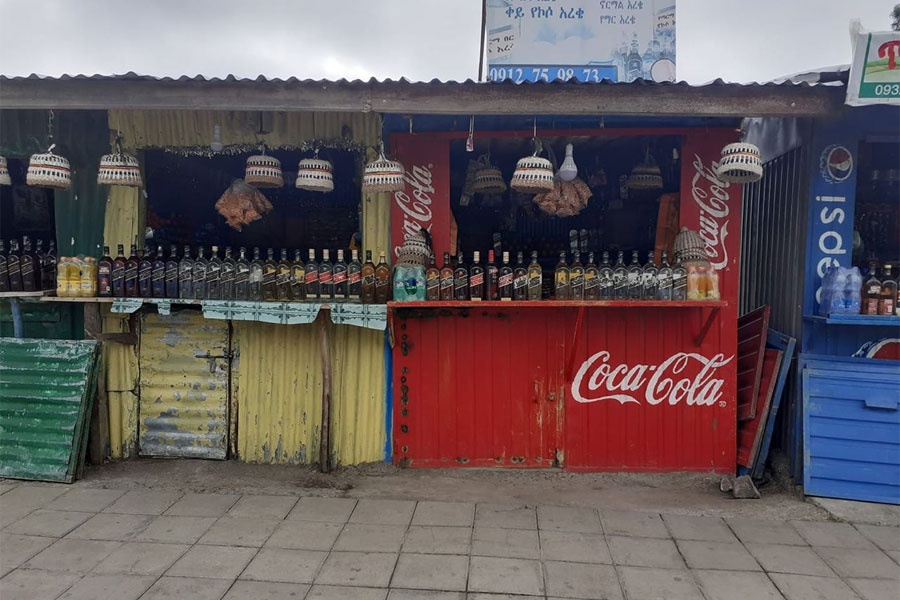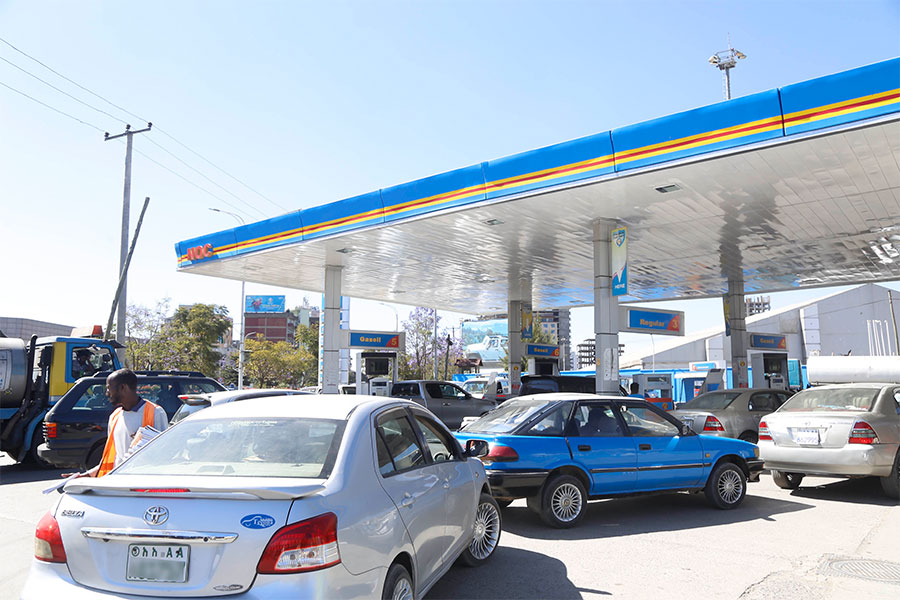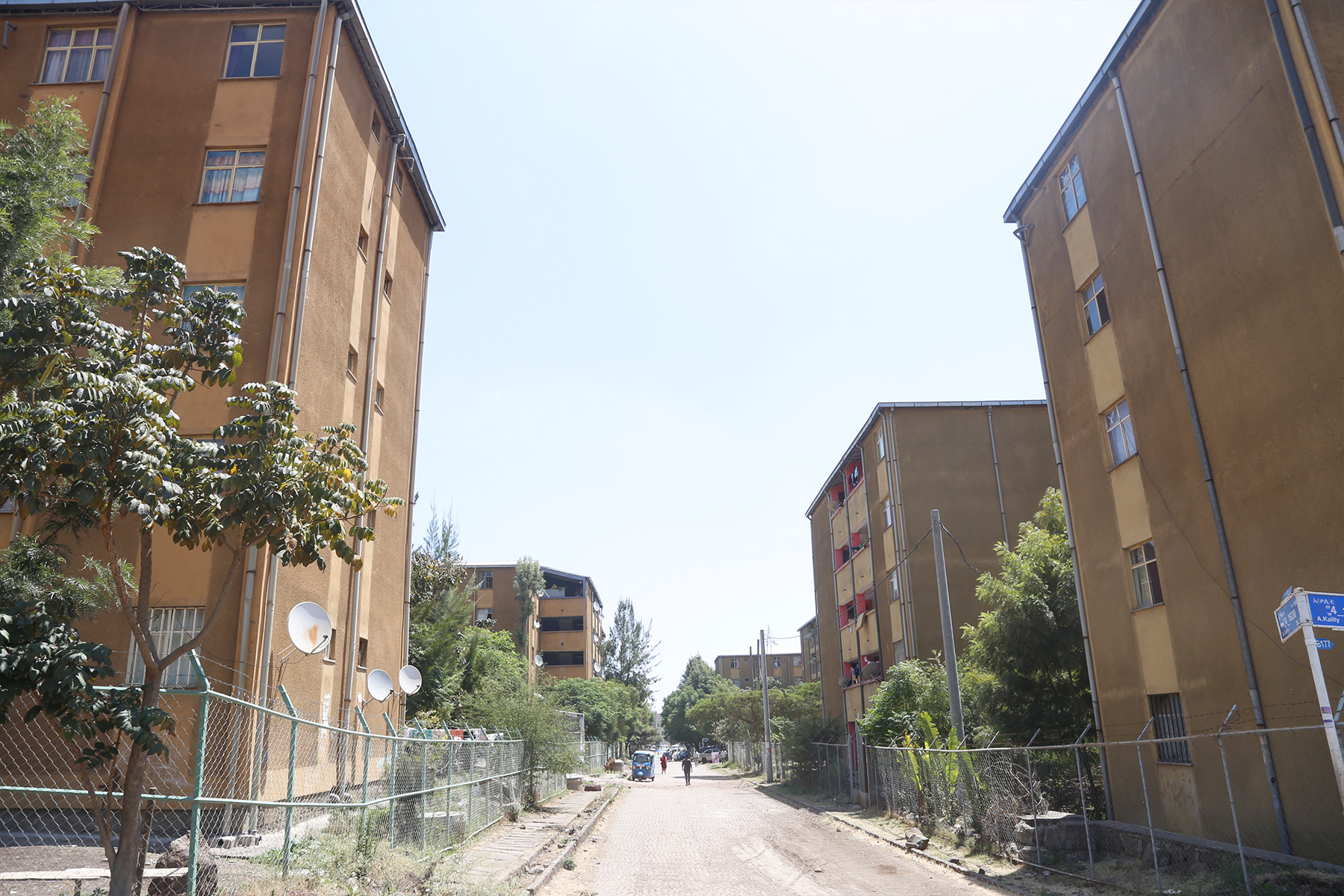
My Opinion | Aug 24,2019
A parent haggles with a vendor while a kid checks the school items on display. The scene was Ghion Hotel, where a “Back to School” bazaar was organised in time for the calendar year 2015. With the rainy season ending and the “summer” break over, school-age children have begun returning to school. It is a season of steep costs to their parents and guardians. A single pack of exercise books - imported from Asia - cost 790 Br at the bazaar. School bags set parents back 3,500 Br, and a lunchbox was 2,000 Br. Such costs are on top of accelerating tuition fees across private schools.
One of the reasons making going back to school expensive is the depressed paper and paper products industry. Annual demand is estimated at a little more than 200,000tns, with local industries satisfying less than five percent. The blame lies on a familiar culprit – the foreign currency crunch. It has made increasing production capacity nearly impossible. Neither is the capital investment to get the paper industry going for the faint-hearted. According to a study by the International Energy Agency, a large-scale pulp mill with an annual production of 1.4 million tonnes requires 2.5 billion dollars in investment. The only domestic pulp producer is Adal Industrial Plc, which manufactures a comparatively tiny 3,000tns of pulp annually after an initial capital of 10.2 million dollars.
The lack of enthusiasm for locally-produced exercise books is no less a challenge. Despite much lower prices, domestic companies such as MAMCO Paper Products Factory and Yekatit Paper Converting struggle to crack the market. The former has had half a million books stored at a warehouse for lack of buyer since last years. Ironically, finding a Sinarline brand exercise book imported from Asia is hard to find in the market, albeit with its high prices.
You can read the full story here
PUBLISHED ON
Sep 18,2022 [ VOL
23 , NO
1168]

My Opinion | Aug 24,2019

Fortune News | Jul 18,2020

Featured | Jan 07,2023

Fortune News | Mar 16,2020

Fortune News | Oct 24,2020

Money Market Watch | Sep 27,2025

Fortune News | Dec 11,2021

Fortune News | Jun 20,2020

Fortune News | Apr 06,2024

My Opinion | Aug 17,2019

Dec 22 , 2024 . By TIZITA SHEWAFERAW
Charged with transforming colossal state-owned enterprises into modern and competitiv...

Aug 18 , 2024 . By AKSAH ITALO
Although predictable Yonas Zerihun's job in the ride-hailing service is not immune to...

Jul 28 , 2024 . By TIZITA SHEWAFERAW
Unhabitual, perhaps too many, Samuel Gebreyohannes, 38, used to occasionally enjoy a couple of beers at breakfast. However, he recently swit...

Jul 13 , 2024 . By AKSAH ITALO
Investors who rely on tractors, trucks, and field vehicles for commuting, transporting commodities, and f...

Oct 18 , 2025
The political establishment, notably the ruling party and its top brass, has become p...

Oct 11 , 2025
Ladislas Farago, a roving Associated Press (AP) correspondent, arrived in Ethiopia in...

Oct 4 , 2025
Eyob Tekalegn (PhD) had been in the Governor's chair for only weeks when, on Septembe...

Sep 27 , 2025
Four years into an experiment with “shock therapy” in education, the national moo...